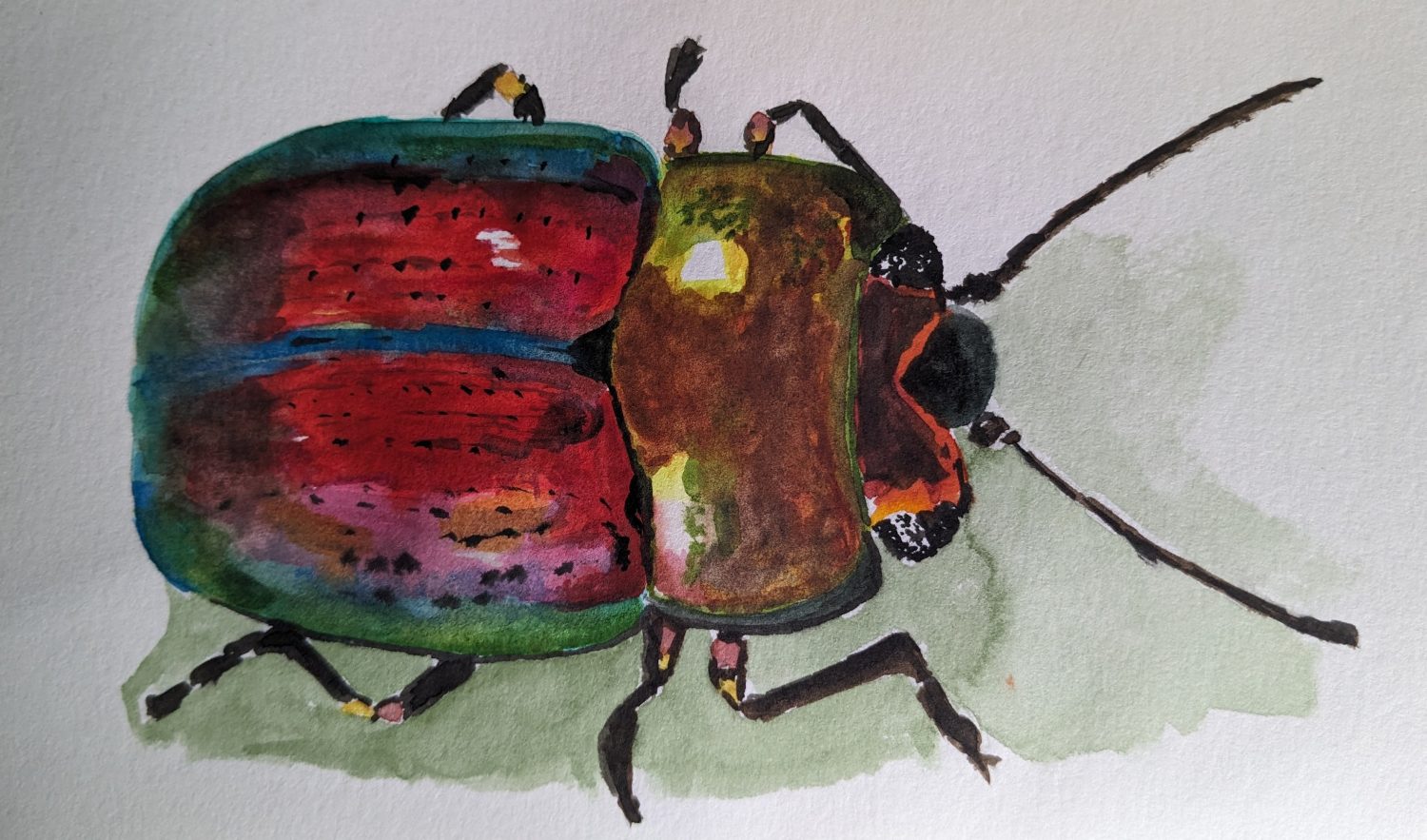
In my writing journey I like to take stock monthly and twice a year with regards to my goals and progress. So much has happened in the world since January when I published The Hidden Life in Streams, with Covid-19 and the encouraging surge of attention towards the Black Lives Matter movement being the two most pressing and important.
I did go through a stage of feeling scattered when the virus disrupted schedules and plans, and then of despondency after the death of George Floyd. But thanks to the inspiring words from many black voices that I have been reading over the past few months, I find myself feeling hope too. It is the same kind of hope that fuels my desire to write about ecology and our environment for children. Whether we are parents or teachers, aunts or uncles or friends, we have the chance to feel hope in the curiosity and yearning of children. A colleague recently shared his son’s newfound love of gardening from being stuck at home with school disrupted. A friend shared a news story about a girl with a sudden interest in birding, which is leading to an understanding of their decline. Another friend regularly takes her son on adventures to find fish, frogs and snakes. We don’t always know where these interests come from (though they can be sparked), but we can nurture them, and in turn find some grounding and hope ourselves.
Back when we lived in Sugarland, Texas, I tested water for a wetland project that the local sugar factory installed as mitigation to a fish kill they had caused. It was a wonderful project with community and educational components. I used to take my children with me, and I have a sweet memory of them gently rocking the dissolved oxygen samples back and forth. I got this interest in wetlands from my masters’ research (on a whim I googled my paper while writing this blog post and it’s still out there in the world!), which itself stemmed from a lifelong love of nature. A wetland background led me to further water sampling when we moved to Virginia via the Maury River Monitors branch of the Isaac Walton League’s Save Our Streams organization, and volunteering with Boxerwood, our local nature center and woodland garden. Now I have watched hundreds of fourth graders gently rocking their dissolved oxygen samples back and forth, marvel at the insects that live in the stream, and ponder the food chains that start with these critters. Volunteering with Boxerwood led me to pursue a Masters in Teaching, and my years teaching informed who I am now as a writer.
I enjoy thinking about these connections, how we get to where we are in life, the tangled webs we’ve woven. It helps me realize I have made some differences along the way. And it motivates me to stay grounded in the pursuit of continuing to make good and strong connections.
My latest book, The Hidden Life in Streams is full of literal and constructed connections all stemming from a fascination with what lies below, at the bottom of the water column, continuing to live out life cycles perhaps oblivious to humans, but not to the impacts of humans on their environment. The main character is my daughter, obviously a strong connection in my life, and two dear friends, more connections I have made here in Virginia. Other characters include the macroinvertebrates, who still instill awe and wonder in me every time I sample. I hope future water monitors will become a part of the story when they read it and go off to explore. Boxerwood and its mission is another connection – and a portion of proceeds from the sales of this book will go to their education programs. You can be a part of the story too by sharing this book with a child, by helping to add hope to the world. And what better time is there to get started than during these hot days of summer. All you need is a book and some curiosity.







